CONSOLIDA
Consolida (DC.) S. F. Gray, Natur. Arrangement Brit. Pl. 2: 711. 1821; Boiss., Fl. Or. 1: 75. 1867; Huth in Engl., Bot. Jahrb. 20: 322-499. 1805; Munz, J. Am. Arb. 48: 159-202. 1967; Wencal & Warnock, Fl. China @ eFloras.org 6: 274; Warnock, Fl. North Amer. @ eFloras.org vol. 3; H. Riedl & Y. J. Nasir, Fl. Pak. @ eFloras.org p. 61; Delphinium L., sect Consolida DC., Syst. Nat. 1: 341. 1817.
Erect annual herbs. Leaves basal and cauline, all cauline at anthesis, alternate, proximal leaves petiolate, distal leaves nearly sessile; leaf blade finely dissected, +/- semicircular, lobes usually less than 2 mm wide. Inflorescence terminal racemose or paniculate, flowers axillary, bracts foliose, usually 2 bracteolate. Flowers bisexual, zygomorphic, hypogynous. Sepals 5, petaloid, purple, blue or white, upper one (posterior) spurred, others flat. Petals 2, connate, spurred, spur enclosed in spur of upper sepal, subentire or 3-5-lobed; spur nectariferous. Stamens numerous; filaments lanceolate-linear, 1-veined; anthers bithecous, ellipsoid. Pistil 1, monocarpellary, ovary unilocular, many ovules on marginal placenta; style persistent without distinct stigma. Fruit follicle, solitary, +/- cylindric, sides smooth with reticulate venation, beak terminal, straight. Seeds dark brown to black, subtetrahedral, densely transversely squamulose, winged.
52 species
Consolida ajacis
Consolida ajacis (L.) Schur., Verh. Mitth. Siebenburg. Vereins Naturwiss. Hermannstadt 4(3): 47. 1853; Fl. North Amer. @ eFloras.org Vol. 3; C. ambigua (L.) Ball & Heyeood, Feddes Repertorium 66: 151. 1962; Riedl & Nasir, Fl. Pak. @ eFloras.org p. 64; Delphinium ajacis L., Sp. Pl. 1: 531. 1753; D. ambiguum L., Sp. Pl. ed. 2: 249. 1762.
Erect annual herb, 30-100 cm tall, unbranched or sparsely branched, glabrous or sparsely puberulent, especially in the upper part. Leaves basal and cauline, all cauline at anthesis, alternate, glabrous to puberulent; lower leaves with long petioles up to 9 cm, blade up to 5 cm wide, pinnately or palmately divided into 12-60 linear mucronate segments, 1-1.5 mm wide, glabrous to puberulent; petioles gradually reduced upwards and upper leaves sessile, blade orbiculate, up to 8 cm x10 cm in size, divided as lower leaves. Inflorescence racemose, few to many-flowered, simple or with 1-3 branched; bracts, at least the lowermost 2, with 5 or more linear lobes as in leaves; pedicels ascending-spreading, 1-3 cm, puberulent; bracteoles at base to middle of pedicel, not touching the sepals, +/- linear, 3-7 mm long, puberulent. Flowers bisexual, zygomorphic, hypogynous, ca. 3 cm across. Sepals 5, free, petaloid, purple, blue, rarely pink or white, 12-18 mm x 7-16 mm, slightly unequal, puberulent, ovate, tapering towards base, apex obtuse, with an abaxial median green midrib, upper (posterior) sepal spurred, spur ca. 15 mm long, nearly straight; rest sepals flat. Petals 2, connate, ca. 17 mm long, erect, 3-lobed, of same colour as of sepals or whiter; lateral lobes ca. 9 mm x7 mm, suborbicular; central lobe with 2 lobules, ca. 8 mm x 5 mm; petals with a spur enclosed in sepal spur, spur nectariferous. Stamens 15, free; filaments 5-6 mm long, mostly abruptly widened at base, glabrous, 1-veined; anthers 1-2 mm, bithecous, ellipsoid. Pistil 1, simple; ovary superior, densely pubescent, ca. 5 mm long, unilocular with many ovules on marginal placenta; style short without a distinct stigma. Fruit follicles, cylindric, narrowly oblong, 12-25 cm x ca. 5 mm, pubescent; beak terminal, straight; wall reticulate. Seeds subtetrahedral, 2.5-3 mm x 1.5-2 mm, dark brown to black, reticulate or lamellate.
Flowering and Fruiting: February to May
Common Names: Larkspur, Rocket Larkspur, Annual Delphinium
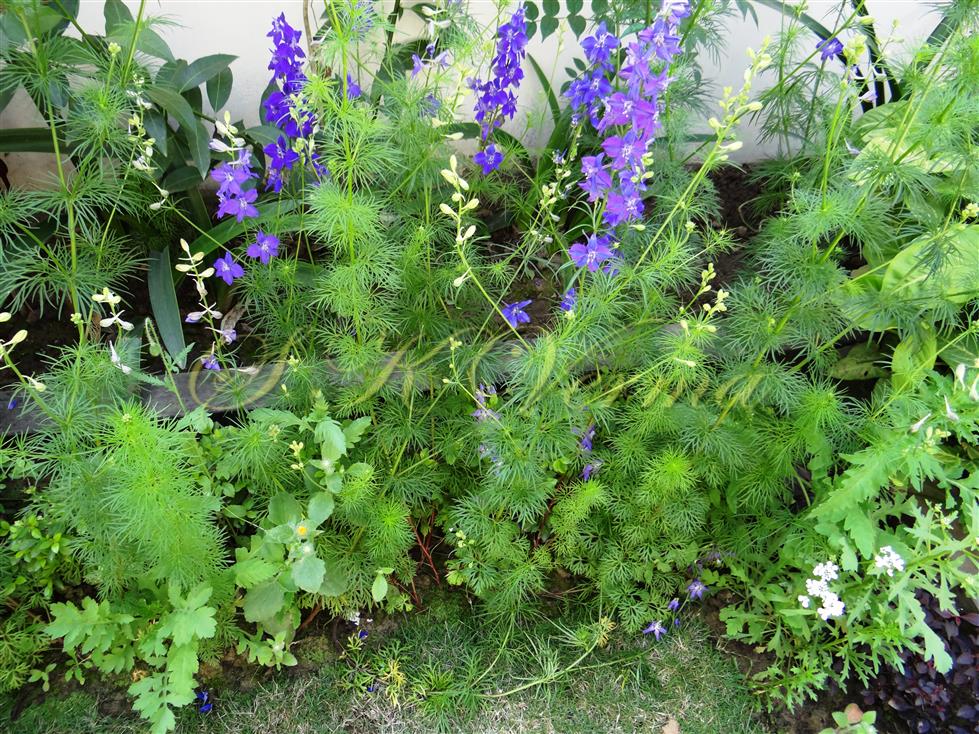
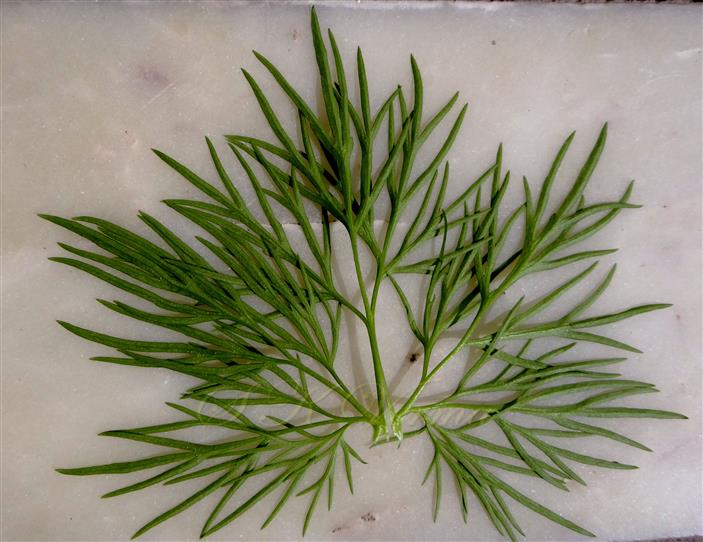
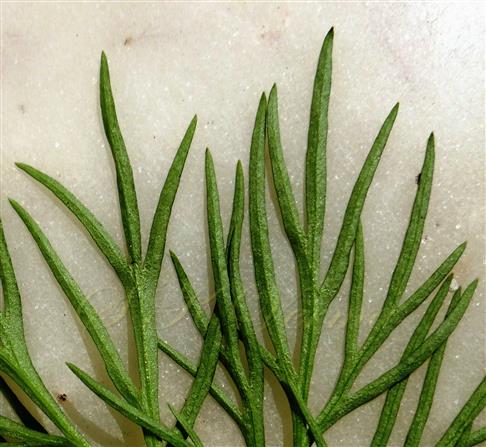
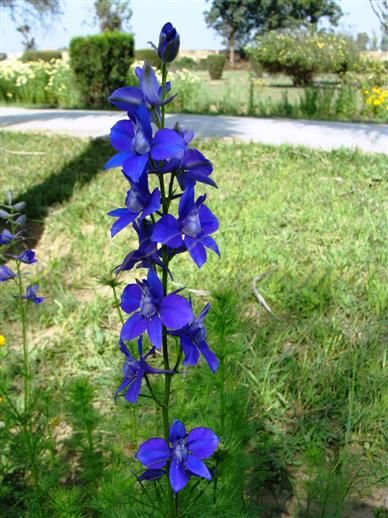
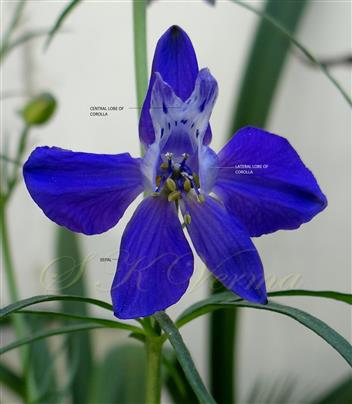
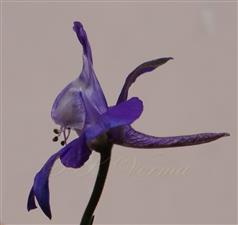
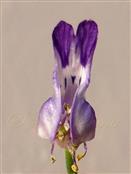
.jpg)
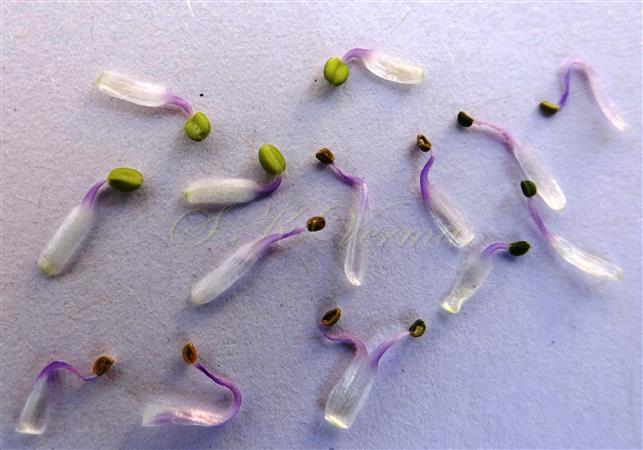
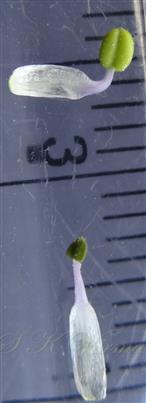

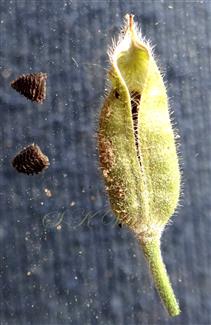
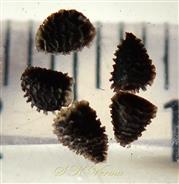









.jpg)





